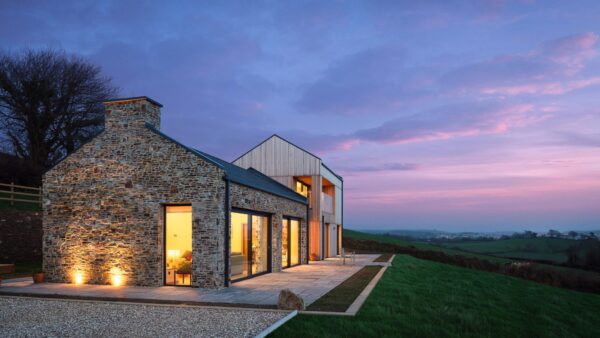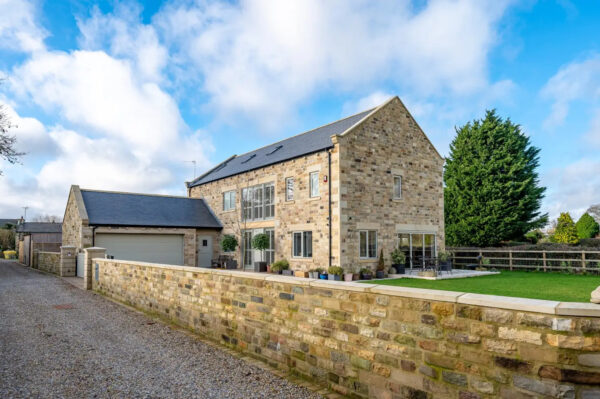5 Warning Signs of a Bad Plot
Is there really such a thing as a bad plot in planning terms? If, like many others, you’ve spent months or even years trying to secure permission to build on a particular site, you might well think so!
Every potential plot will have its own challenges in planning terms and, unfortunately, there’s never a one-approach-fits-all solution.
There are some factors, however, which will make a site more difficult to develop than others.
Read more: How to Find a Building Plot: The Complete Guide
It’s worth being aware of these, so you can make informed decisions about whether you want (or are able) to address these challenges when seeking planning for a design you want. Here, I’ve picked out the five most common warning signs.
1. The plot is in open countryside away from other development
When a site is disconnected from any other housing, outside of a town of a town or village boundary, it is always going to be significantly more difficult to develop. Such sites are likely to be subject to open countryside policies, which usually resist residential develop except in very specific circumstances.
This kind of plot may also be on designated land, such as green belt. Combine that with the open countryside setting, and you’ll have an even bigger challenge on your hands.
2. Nothing has previously been built on the site
There could be a number of reasons a plot hasn’t been developed before, and it may simply be that nobody has ever pursued it.
But in general, if a site looks otherwise ripe for development yet is sat empty, there’s probably a good reason for it.
Landowners tend to be fairly savvy as to their property’s development potential. So, if a plot isn’t being sold with a planning permission attached, or at least a strong indication of the ability to achieve consent, it’s essential that you investigate more thoroughly.
You need to confirm that there is no planning reason why there has not been any previous development or permissions.
These signs may not always be obvious, but they can have significant implications. For example, if the site has been previously contaminated in some way, it would require expensive remediation to enable its safe development.
Furthermore, if there’s no previous development on a plot, it’s much more challenging to establish any baseline position for what scale, nature and location the planners might consider appropriate for a new house.
Read more: How to Value a Building Plot
That’s not to say it’s impossible, but it will certainly require more work to determine what might be permissible.
3. The site has a complex history of refused planning applications or appeals
When examining a site’s development potential, it’s always helpful to look at its panning history and understand the implications of this.
There are, of course, circumstances where what has gone before may no longer be relevant – if planning policies have changed, for instance. But this exercise always provides some indication of the issues that might arise in the context any new planning application.
Some plots can have a particularly complicated history, for example where a number of applications have been refused, or applications have made and withdrawn in advance of a decision being issued.
It gets even more difficult if they have been the subject of any unsuccessful appeals. All of these are an indication that the site may be challenging to achieve planning permission on, for one or more reasons, and you need to understand how this might affect your ambitions.
4. The plot is in a designated area
Sites that are subject of landscape designations or other designations are going to be significantly harder to develop than those that aren’t. National parks are notoriously extremely difficult, and the constraints within these will significantly limit development potential.
Areas of outstanding natural beauty (AONBs), green belt, local landscape designations and protected woodlands are other factors to be aware of. All of these will make planning significantly more difficult to varying degrees.
Be aware that these can be applicable within built area boundaries, but are all the more demanding when coupled with open countryside locations.
| Key questions to help identify a bad plot
There are few truly terrible plots out there; but some are undoubtedly more challenging than others. Go into your search aware of the key warning signs and bear them in mind when look at sites:
Then do some more detailed research to try to establish whether the plot in question can support the type of home you want to build:
Don’t be afraid to ask questions and seek professional advice to understand the constraints, risks and associated costs which may affect the development potential. |
There are also European ecological designations, such as sites of special scientific interest (SSSIs), which go beyond local planning considerations.
They may relate to a variety of ecology, such as birds and other species. If located near to a potential building plot, they can make development hugely challenging and costly.
Even without this type of designation, the existence of wildlife on a site (particularly protected species such as badgers, newts or bats) can make development costly or difficult. So it’s vital to understand the situation and the implications from an early stage.
5. There’s a nearby waterbody
Some challenges go beyond basic planning constraints, and can be showstoppers in planning terms. One example is if a site is near a waterbody or waterway; or even if it isn’t, but is still prone to flooding.
An area’s flood risk level should always be checked as one of the first considerations when assessing a plot, particularly where nothing has been built on it before. Sometimes, with work and investigation, flood risk designations can be challenged to an extent, but this is a high-risk option.
PlotBrowser.com – the quickest route to finding a genuine building plotThe latest addition to Build It’s series of powerful project tools, PlotBrowser.com is your dedicated self build land resource. You’ll find 1,000s of plots and properties to view nationwide, all with outline or full planning permission in place – including the council planning reference so you can understand whether the plot can support the kind of house you’d like to create. |




































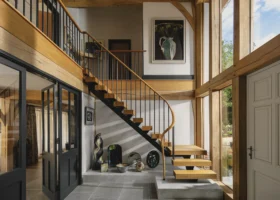
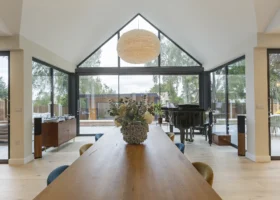

























































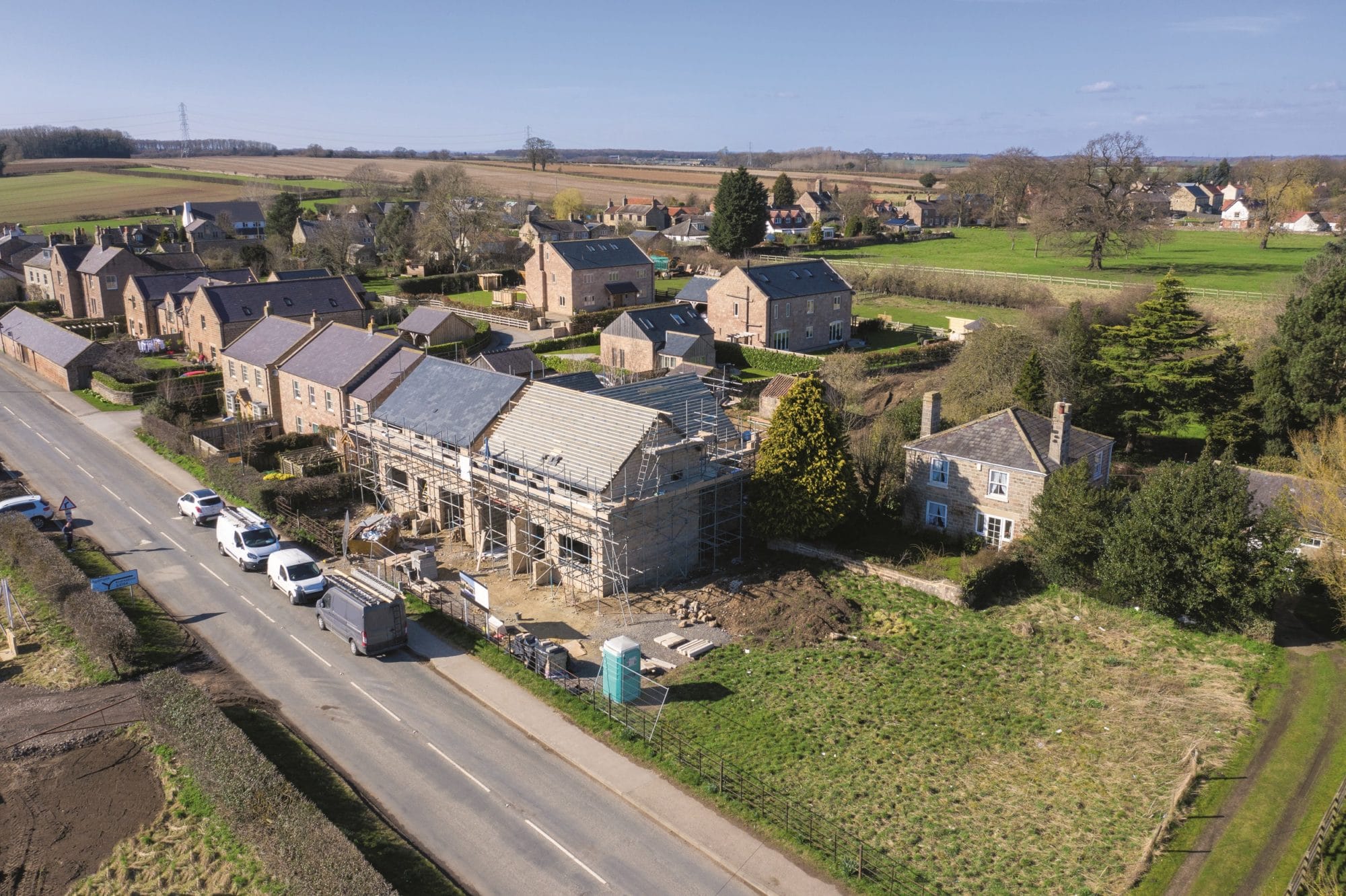
 Login/register to save Article for later
Login/register to save Article for later





